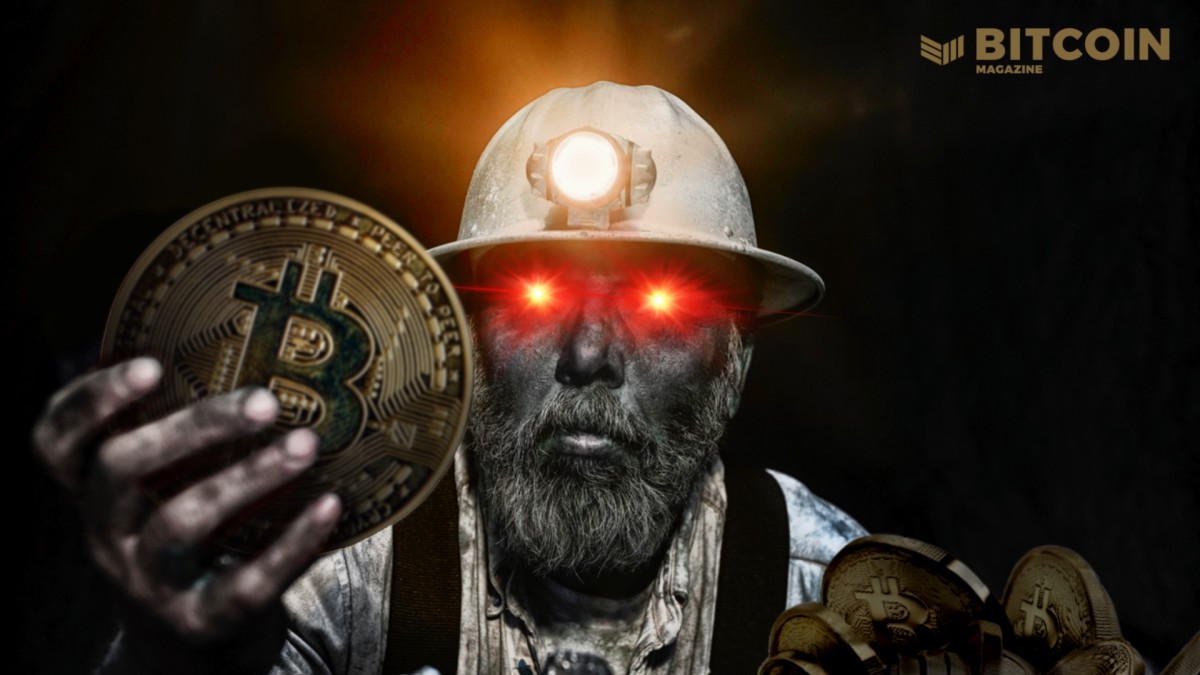Anyone who has studied bitcoin for a while knows that proof-of-work in bitcoin mining is the key to the security and to the unforgeable nature of the protocol. Bitcoin mining in 2021 requires that miners use purpose-built computers [called ASIC’s] to convert real-world energy [more than 50% of which is renewable and stranded energy] into encrypted digital monetary energy.
By using this proof-of-work and following consensus rules, bitcoin miners (and node operators) secure this decentralized network one block at a time approximately every ten minutes. Some have even called it triple-entry bookkeeping. And the system is designed to work in a way that makes forgery, hacking, theft, cheating or double-spending coins all but impossible. One metaphor that is used to describe this is adding a block to the bitcoin timechain is like adding a floor to a skyscraper. To fully understand how this works is far beyond the scope of this article but the key design of this system requires the use of real-world energy so you can’t cheat or game the system. By contrast, Jay Powell at the Federal Reserve Board can increase the U.S. money supply by the trillions, with a few keystrokes.
I’ve served as a business relationship coach for over 30 years. To clients this meant I was an executive coach, their business development coach, their leadership coach, their time management coach or their performance coach. One of my dearest friends and colleagues David Lerner taught me an idea from his coach training that he called “completing a unit of work.” His unit of work in coaching is similar to proof-of-work in bitcoin mining. The idea as a coach (or leader charged with getting stuff done through others) is to complete at least one unit of work with the client or direct report during every meeting. Too often I see leaders in organizations fail to make their conversations with employees a unit of work or a conversation for action. (In the old days, we’d hear the expression “There is no such thing as a free lunch.”)
In my business model, that meant the client would learn and apply at least one concept or be willing to experiment with one new action, approach or skill on every call. And we’d follow up on how it worked in the next call. Rinse and repeat. When clients complete at least one unit of work during every meeting or call during a three- or six-month stretch they are amazed at how much their performance improves. Sometimes this involved clients getting over self-limiting beliefs that held back their performance and other times it involved learning how to effectively delegate work that was better handled by another person in their organization. In all cases, the focus was on deepening the relationship my client had with one or more people. Unlike most people in the business world, I tend to see an organization through a relationship lens not just a financial lens. At its core, every organization is no more or less than the relationships it cultivates within and outside. Strengthen the relationship and communication between the CEO and their chief financial officer and the numbers will almost always work out well.
In the past three decades, I’ve held over 20,000 meetings and phone calls with clients where completing at least one unit of work was my “proof of work.” I’ve never added up data on it (I have notes of almost every call and meeting) but it was the rare call or meeting that didn’t end with the client agreeing to at least one action step. That meant we had “proof of work.” The action step could be an awareness exercise as simple as “keep track of how many times you said yes when you wanted to say no.” Or the action step might be as specific as “I will call Charlene as soon as we end this call and invite her to speak at our next conference or practice group meeting.”
What I’ve learned from these cumulative experiences and my study of Bitcoin mining is that it pays handsome dividends for any organization to have a proof-of-work system. Your performance and that of your peers and colleagues will transform when you operate with a proof-of-work system. For example, those in construction can visibly see the progress they make every day. I worked as a carpenter during summers between college and law school, and our daily progress was always quite visible.
Admittedly, determining proof of work in an office or service business is more difficult and requires thought. One way to learn how a client defined proof of work was to ask them this question at the start of our work together: “What will success look like from our work together?” Sometimes their answers were vague and other times they were very detailed and insightful. Often we’d develop a set of metrics based on those answers which gave them a way to keep score on a daily or weekly basis. Hitting those metrics was their proof of work. For example, if you are aiming to expand your network of high net worth people your metric might be to add one new high net worth person to your network each week. There is no one-size-fits-all way of determining proof of work, but bitcoin raises the bar on what is possible.
This entire industry is filled with people who get stuff done. Instead of thinking that only bitcoin miners or world class athletes need to do proof of work, ask yourself how you might gauge proof of work in your company? What does proof of work look like in your company? If you have one you’re willing to share with Bitcoin Magazine, please reach out! We’d love to hear from you.
This is a guest post by Mark Maraia. Opinions expressed are entirely their own and do not necessarily reflect those of BTC Inc or Bitcoin Magazine.
Source: https://bitcoinmagazine.com/culture/proof-of-work-useful-beyond-bitcoin



